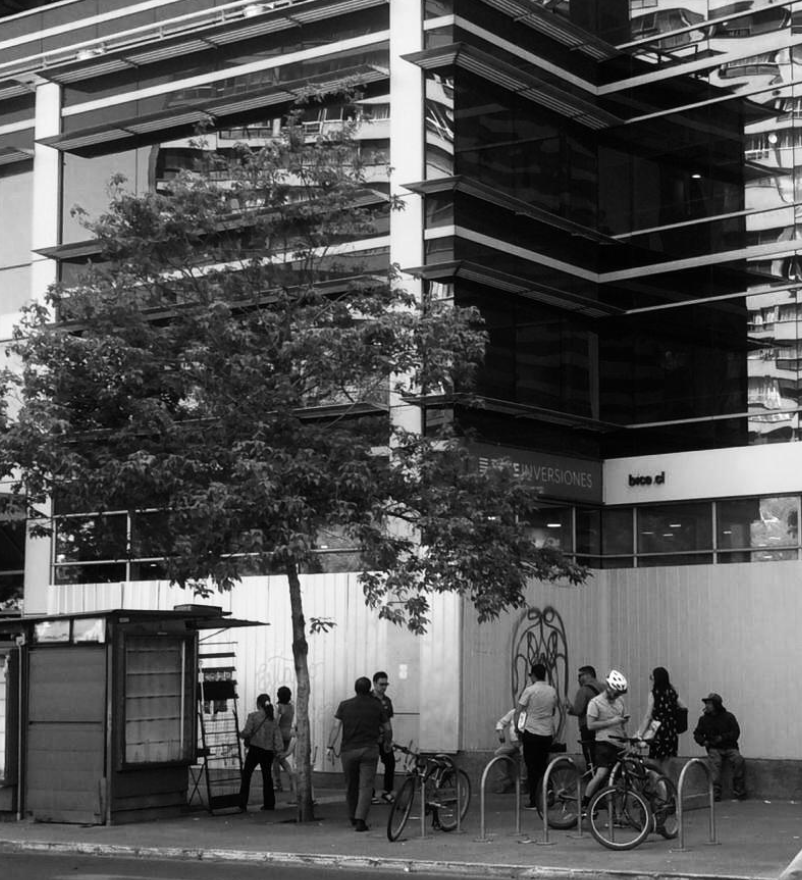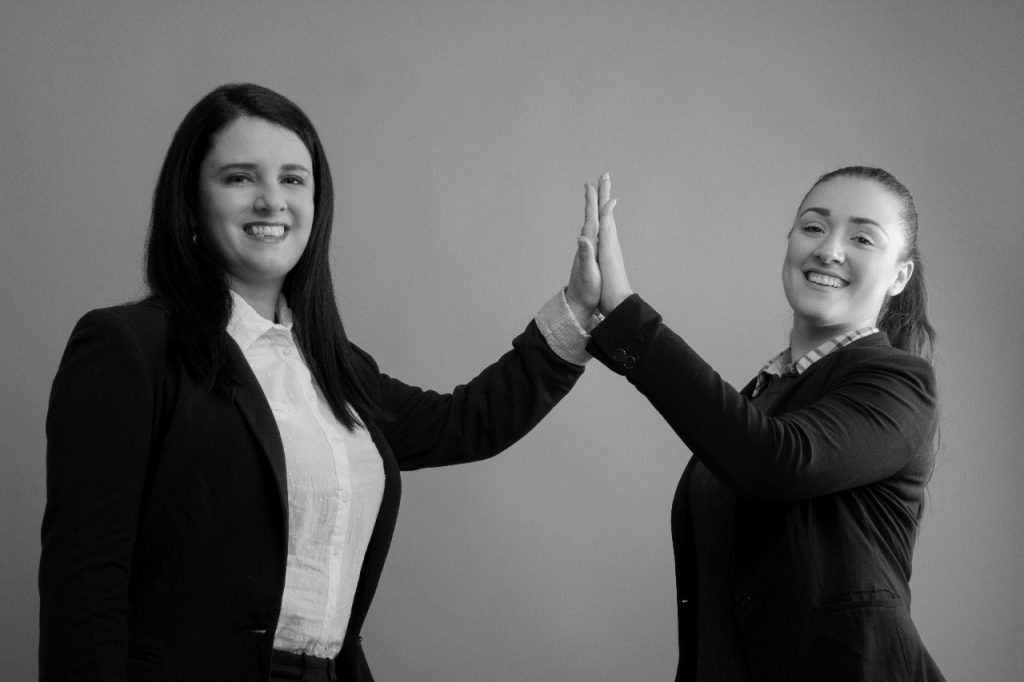
The perception of fear connects us instinctively with the most basic sense of survival of the human being and is therefore characterized by being a subjective emotion.
The urban dweller has the expectation of living in a city that guarantees his basic security and that of his family as a right, as well as access to health, education, recreation among others.
What happens when the city cannot guarantee this basic right? In that scenario, the urban dweller enters the perverse circuit of fear that confronts him in a sustained way to the possibility of death, developing a kind of agoraphobia where the citizen enters his buildings and at the same time this feeling of fear towards the Open space is transcribed in the hermetic urban landscape, inside the house.
Elizabeth Kübler Ross already defined it in her book ‘On Grief and Pain’ (Kübler, Elizabeth. 2016) that the emotional stages of the human being before death were: denial, anger, negotiation, depression, acceptance.
In the urban space, in the face of the conflict scenario like the one that has been lived in Chile since October 18, the phases of the perverse circuit of fear are similar and subjective since the urban inhabitants live depending on their realities and internal tools.
The first two weeks, since October 18, many urban dwellers were still in the phase of denial and shock in the face of urban violence, and thought that this situation was punctual in time and what would happen. Over the days and weeks the generalized phase of denial has given space for anger by recognizing that what was seen as a socio-environmental crisis was rather a deep multicausal, organized urban conflict that would not disappear without leaving major changes and social, emotional and environmental damage in the Chilean population.
The anger phase has so far two faces: those who have continued to vandalize and introduce acts of violence to demonstrations for various claims and that have been postponed for decades and those who have armed themselves to try to protect themselves from those «vandalism» to them as their heritage and that of other citizens, trying to manage that security that until today the state has not been able to restore.
Apart from this panorama and trying to return to normal, the actors who, through negotiations, try to reach agreements that can lead to this process of transformation of Chile and that in turn, achieve through these, translate the citizens’ requests for facts and modifications to the political system and to respond to the claims of its inhabitants.
On the other hand are citizens who have quickly entered the phase of depression and hopelessness, somatizing pictures of panic attacks and other physical, psychological diseases among others. It is not difficult to imagine this mood, since for many, mobilizations have resulted in material losses, low productivity in business, even job losses, while naming people affected by violence directly as well as families who have lost their members because of these violent scenarios. Anxiety and the perception of fear in Chile that used to be high for the type of crime that existed before this panorama, has increased significantly after the current events.
Proshansky and his collaborators already in 1978, talked about the relationship between the environment and the psychology of the human being, and how the state of the environment directly affected the mood of the inhabitants. Given this, it is not difficult to assume that, in a scenario where public spaces have been affected as we have seen so far, businesses have armored to try not to be looted and the facades of churches and national monuments affected, the psyche of the Chileans are in a state of continuous depression.
Finally, there are also a few citizens who are in the phase of acceptance and transcendence, a state in which they already accept that this country began a process of change without return, and inevitable.
And it is this last point that connects us again with the idea of death, change and transformation. What is the real fear that the urban dweller feels? Is it impermanence? Knowing that everything mutates and that avoiding change is impossible. In this extreme scenario of national change, what do we hold on to?
Well, the answer is simple; to nothing from the outside, and if from the personal inner world. The change of approach and the resignification that what happens is fundamental in the phase of acceptance and transcendence.
It is in this sense that the complex scenario that Chile is going through connects with the CPTED methodology.
The second generation CPTED methodology presents us with that delicate link and balance that exists between the internal and external landscape of the individual. In that sense the self-awareness of the inner landscape is as important as the awareness of the environment. Fear is built in anticipation of the future and the way to combat it is by paying attention to the present; in the now. That is why now more than ever, strategies for self-care, emotional self-restraint and if possible be very connected and cohesive, not only with the family but also with support networks that are emotionally nutritious and can provide both material and psychological support .
Eckart Tolle already said in his famous book «The Power of Now» that one of the most recommended strategies to bring awareness to the present moment is to breathe and meditate.
Finally, each urban inhabitant will decide at what stage of the duel the urban conflict wants to live … and how much that will affect their quality of life; and therefore if it persists in the virtuous circuit of the creation of community trust or enters the harmful circuit of urban fear.
Authors:
Macarena Rau Vargas, President ICA
Melissa Valdez López, Executive Director PBK Consulting

